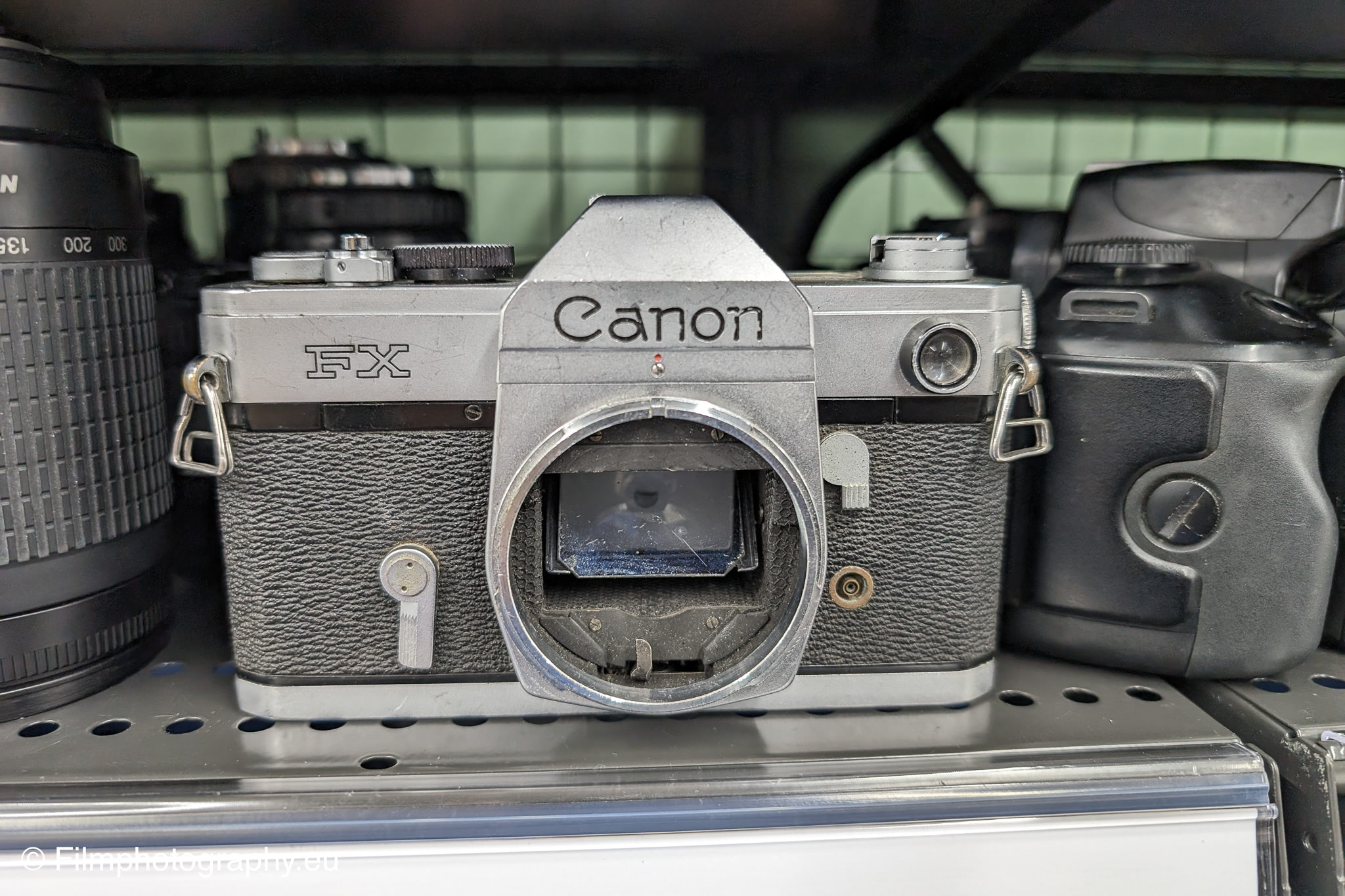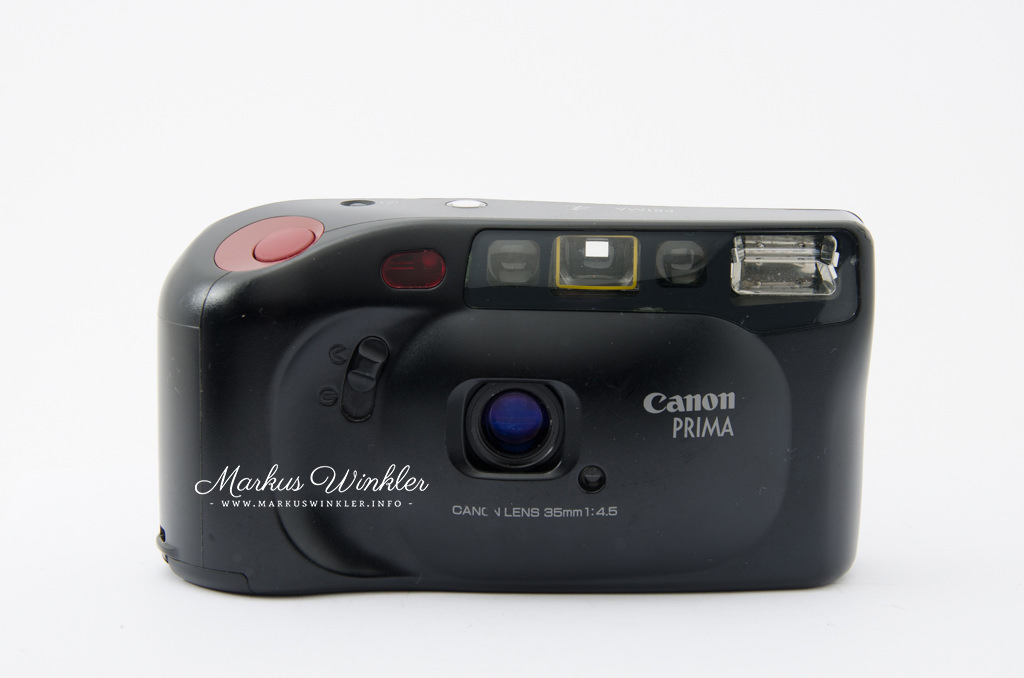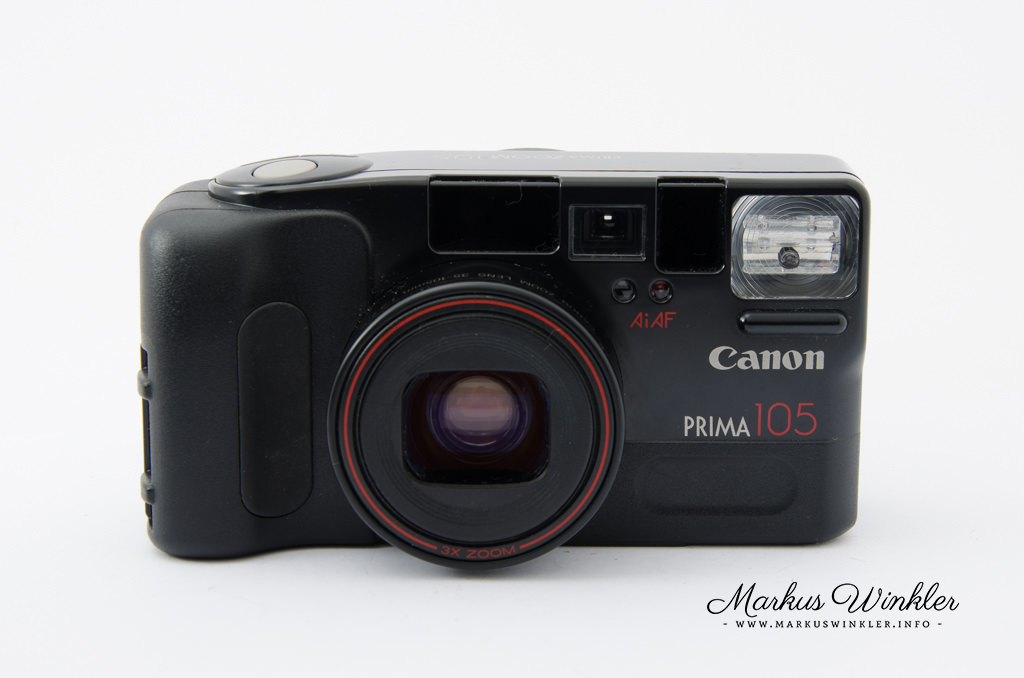The history and functions of self-timers on analog still cameras are diverse and have evolved over time. Early mechanical cameras often did not have built-in self-timers, but it was possible to connect external self-timers. These were often powered by clockwork mechanisms that created a delay between the shutter release and the shot being taken. Often this accessory was attached to the cable release connector. This gave the photographer enough time to position himself in the picture or to avoid camera shake with longer exposure times.
Later, cameras with built-in self-timers came onto the market. In most cases, the self-timer had to be cocked. By pressing the shutter button, the mechanics ran and the recording was captured on the film material.
In analogue cameras with integrated electronics, which came onto the market later, the triggering was then triggered by an electronic signal. In the 1990s, most 35mm cameras had a built-in self-timer. The lead time, i.e. the time between the start of the self-timer and the recording, was usually ten seconds. Some models also offer the option of taking several pictures in a row.
Areas of application for a self-timer
There are many different uses for the self-timer on analogue cameras. Here are some of the most important:
Group photos
When trying to take a group photo, it is often difficult to get everyone in position before the photo is taken. With the self-timer you can put yourself in the picture after placing the camera on a tripod or a stable surface.
Self-portraits
When trying to take a self-portrait, it’s often difficult to release the camera’s shutter button in time while staying in position. With the self-timer you can place the camera on a tripod or a stable surface and then go into the picture in peace.
Long exposures
When you want to take a long exposure, you often have to hold down the camera’s shutter button for several seconds or even minutes. With the self-timer you can place the camera on a tripod or a stable surface and then activate the self-timer. This allows you to let go of the camera while the photo is being taken.
Avoiding camera shake
Holding the camera by hand can easily result in camera shake, which blurs the image. With the self-timer you can place the camera on a tripod or a stable surface and then activate the self-timer. This way you can avoid camera shake and take sharp pictures.
Experimental Photography
The self-timer can also be used for experimental photography. For example, you can place the camera on a tripod and activate the self-timer before dropping the camera or exposing it to some other unforeseen event. In this way, interesting and unusual images can be created.
Model overview
- Single lens reflex camera
- 35mm
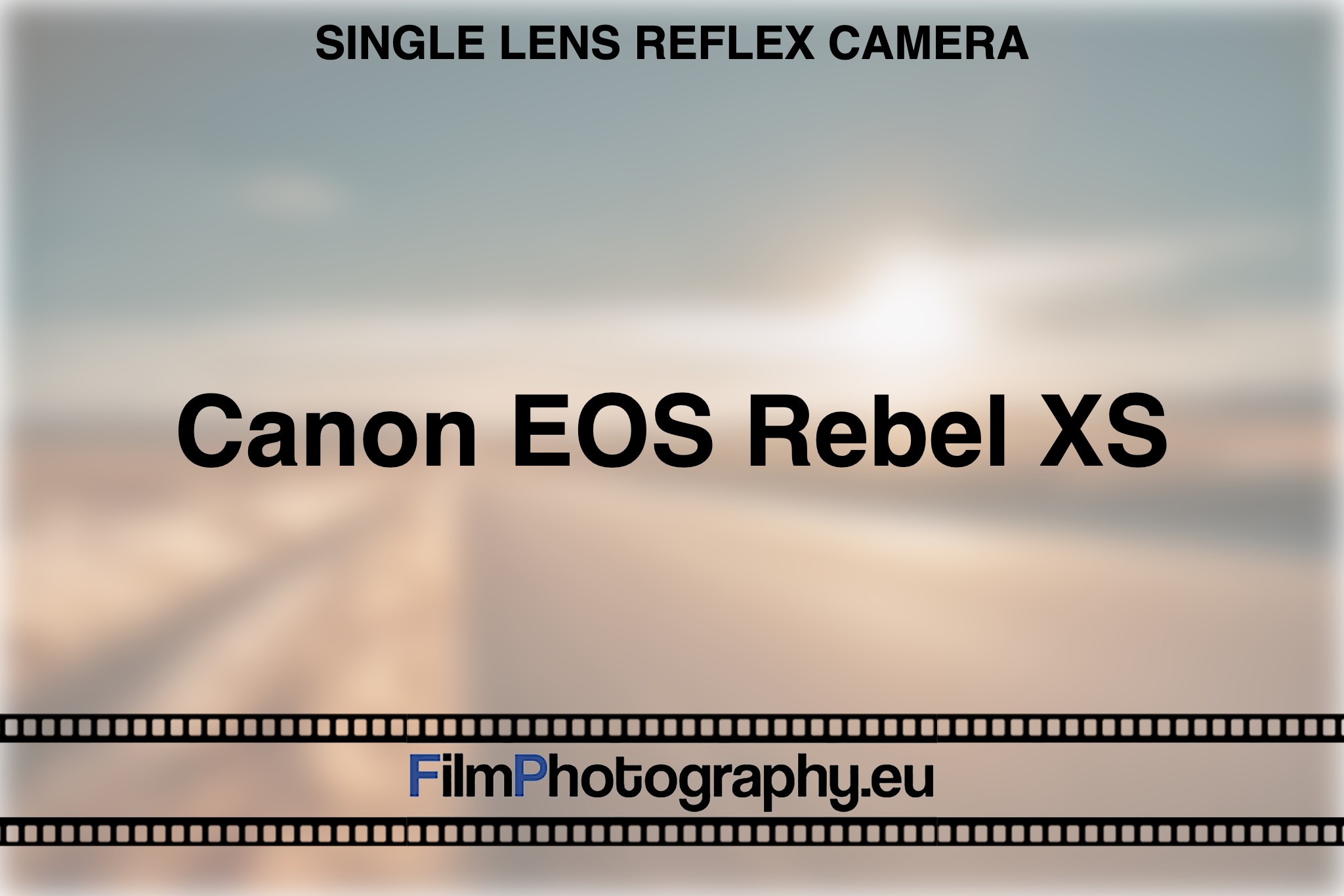
- Single lens reflex camera
- 35mm

- Single lens reflex camera
- 35mm
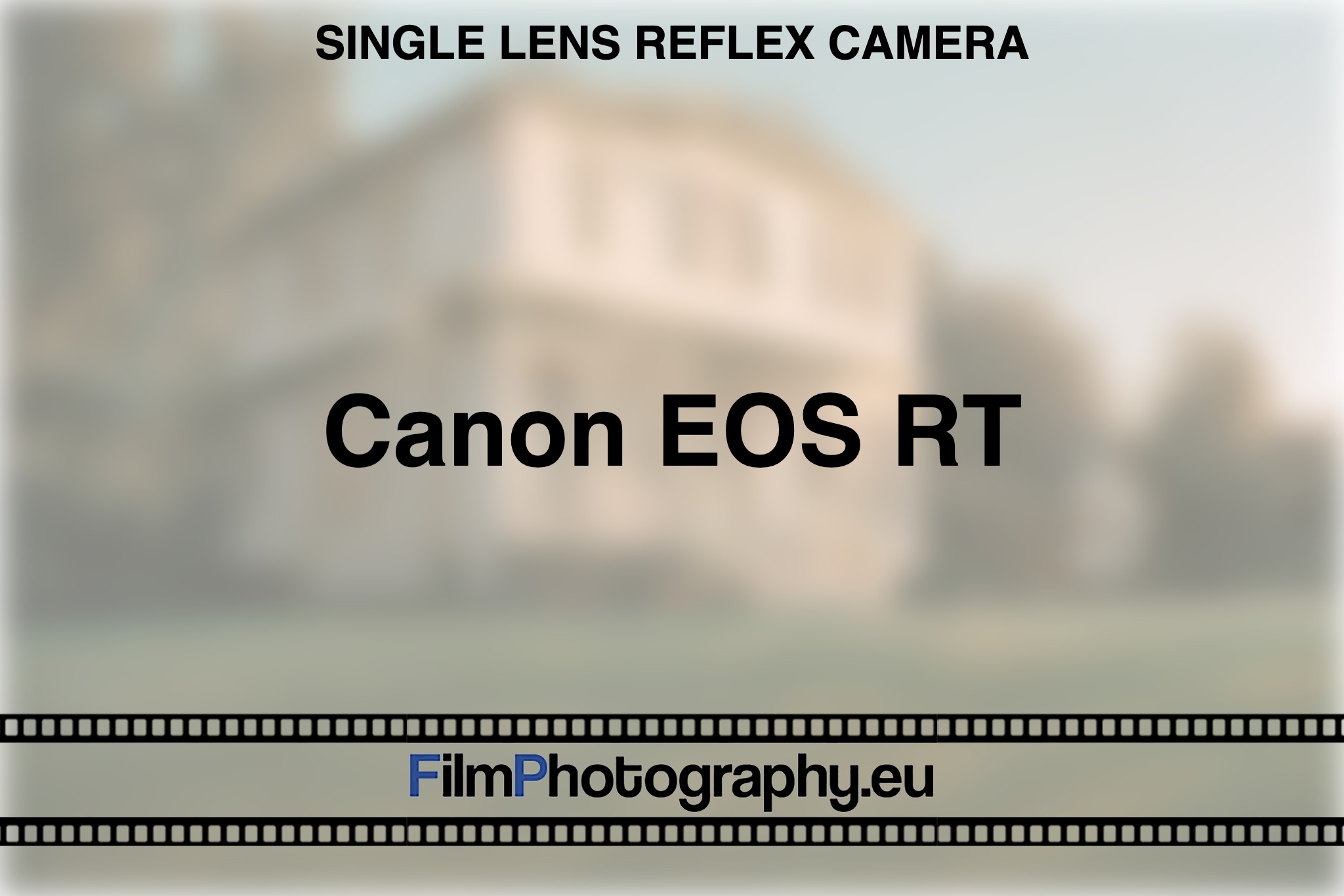
- Single lens reflex camera
- 35mm
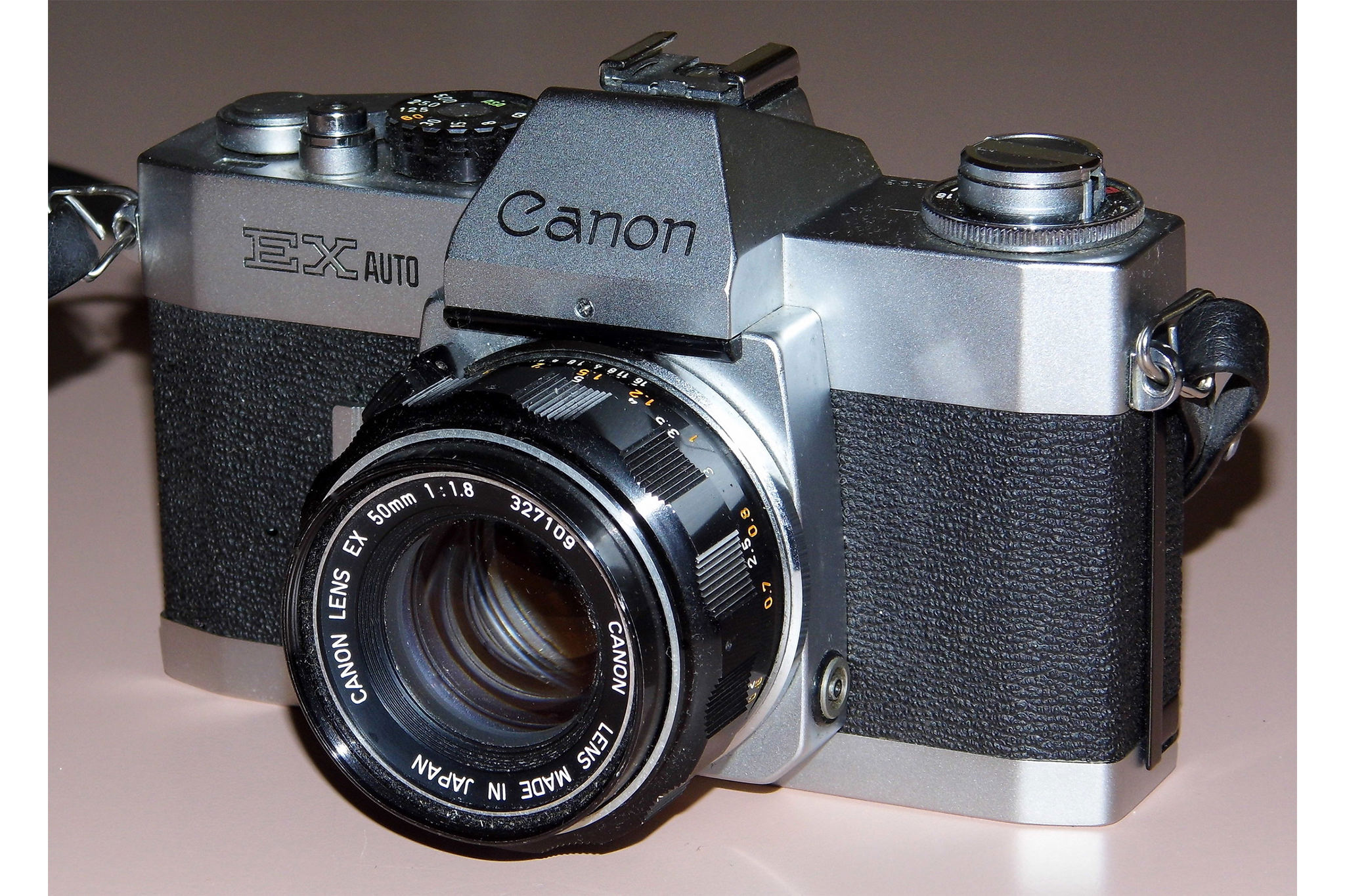
- Single lens reflex camera
- 35mm

- Single lens reflex camera
- 35mm
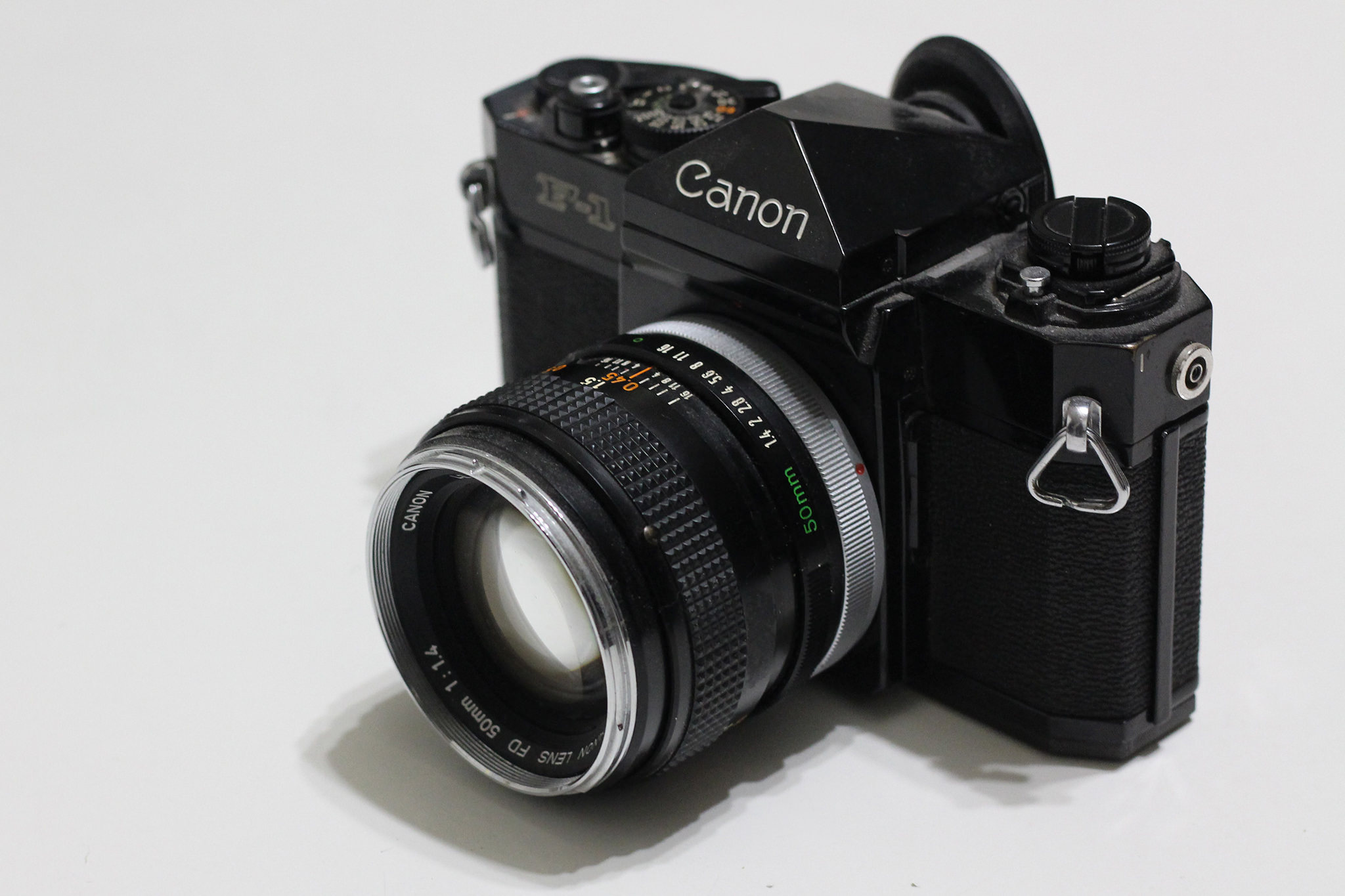
- Single lens reflex camera
- 35mm
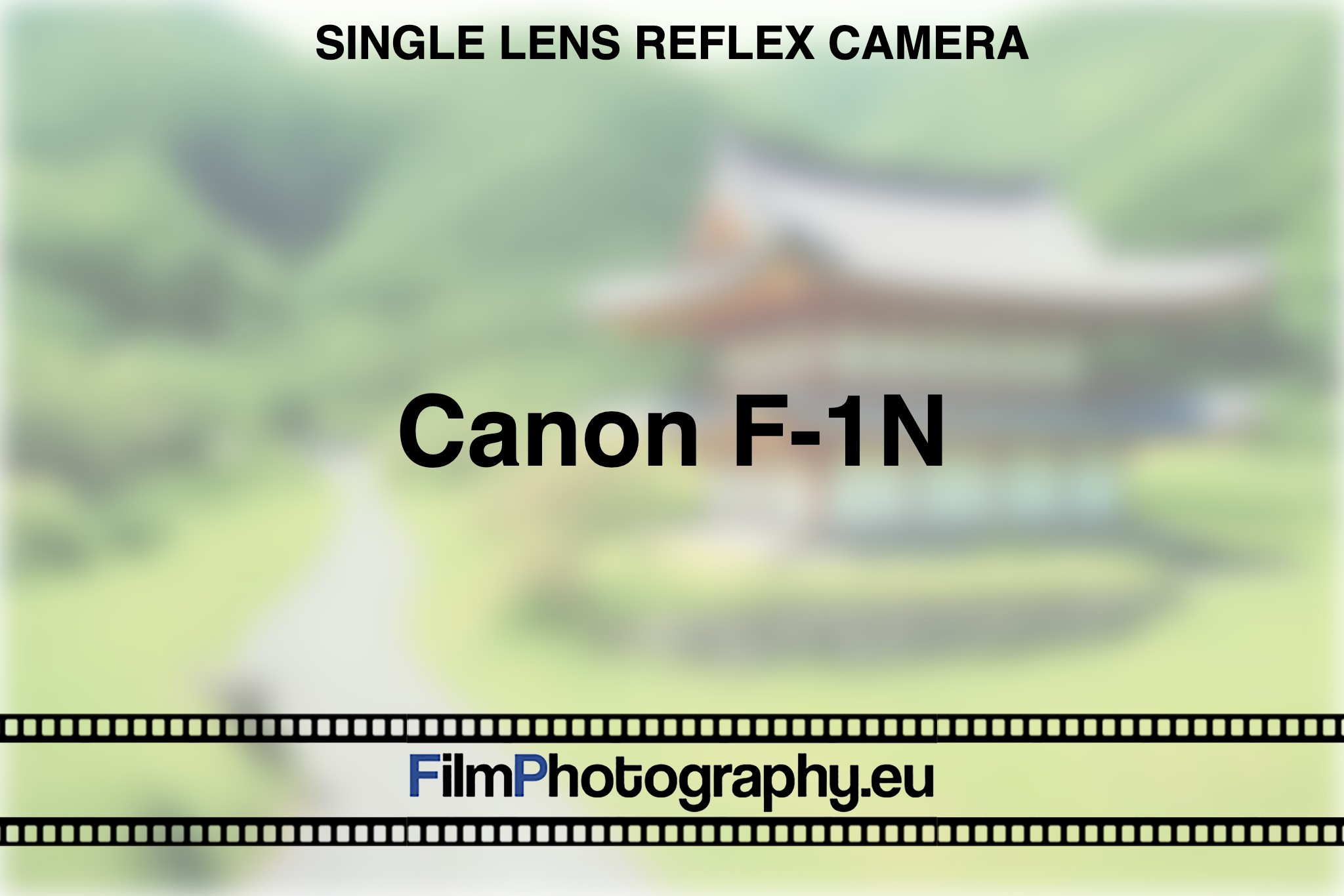
- Single lens reflex camera
- 35mm

- Single lens reflex camera
- 35mm

- Single lens reflex camera
- 35mm
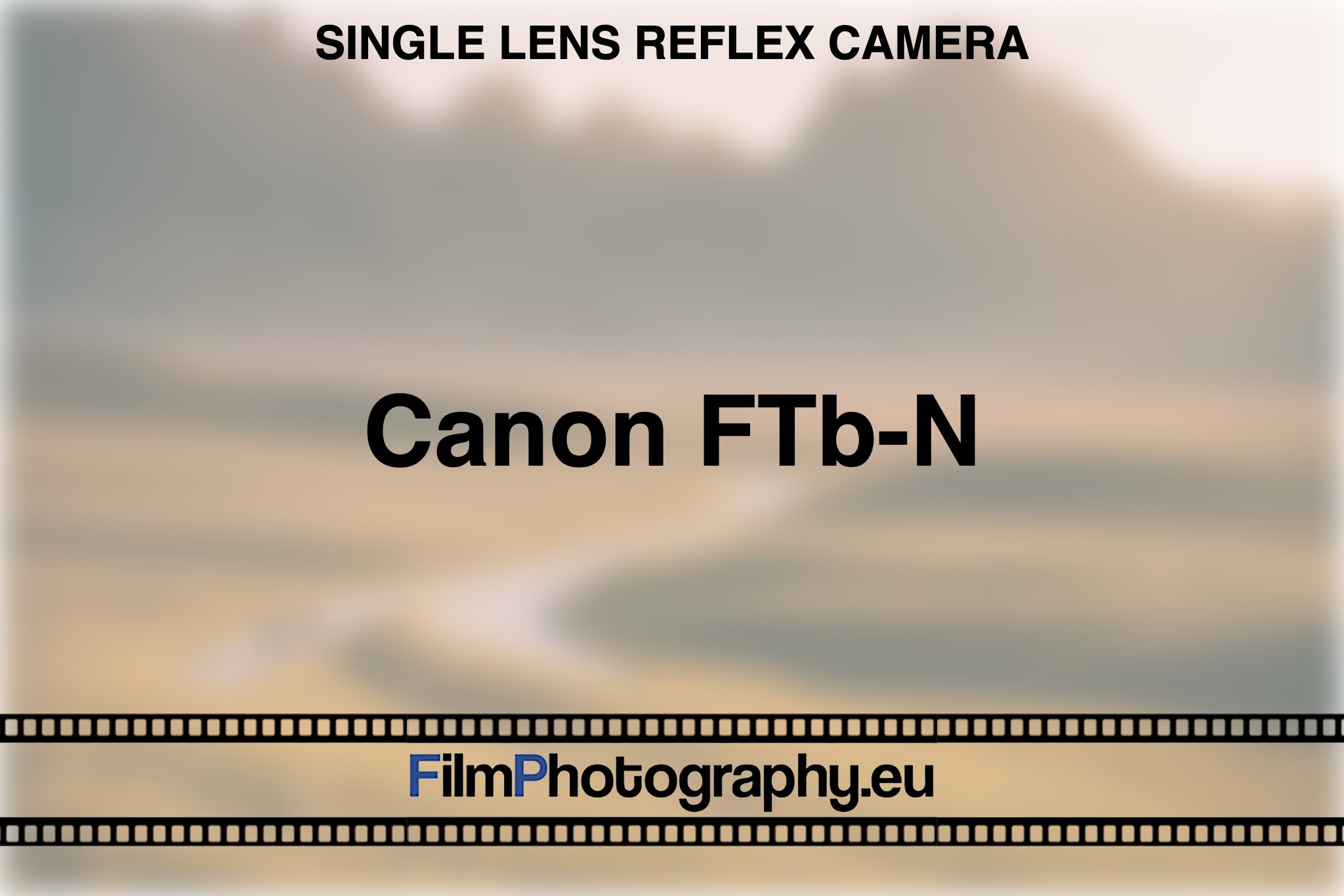
- Single lens reflex camera
- 35mm
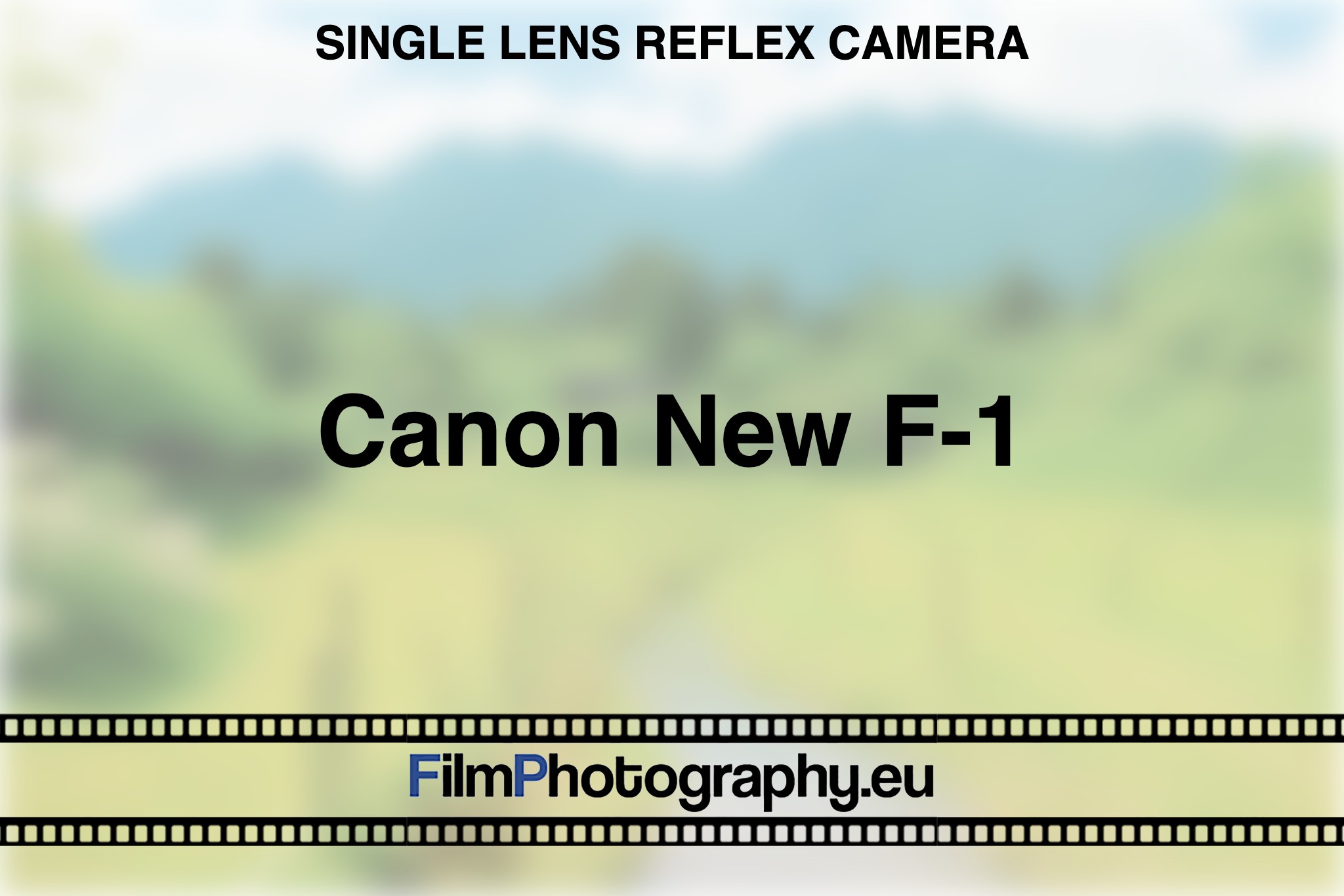
- Snapshot camera
- 35mm

- Single lens reflex camera
- 35mm

- Single lens reflex camera
- 35mm

- Single lens reflex camera
- 35mm

- Single lens reflex camera
- 35mm

- Single lens reflex camera
- 35mm



